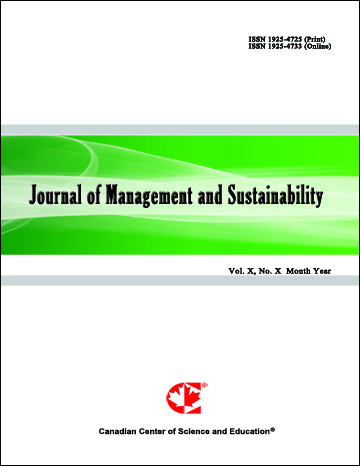Factors Influencing Chinese Tourist to Select Bangkok, Thailand as A Travel Destination
- Sumas Wongsunopparat
- Shen Jing
Abstract
This study aims to investigate factors influencing the Bangkok-focused tourist destination selection in China. In addition, Kuala Lumpur and Tokyo, Japan were selected for comparison by assessing four destination attributes including culture, transportation, architecture, and food. In this study, we used a sample of 400 Chinese tourists who have traveled to Bangkok. The main research issue is to reveal the first- and second-order potential factors generating significant influences on Chinese tourists’ choice of Bangkok as their destination. The aim of this study is to explore the structural relationships among the mentioned first-order and second-order latent variables, and their impact on the choice of tourist destinations in China. Due to the competitive nature of Chinese tourist destinations, we believe that there might be some potential factors that significantly affected their choice decision, therefore we applied the second-order Structural Equation Models (SEM) to capture these potentially unobservable factors. The result showed that our proposed model appeared to fit well: the RMSEA was 0.03 (<0.06) and values of GFI, AGFI, NFI, TLI, and CFI were greater than 0.9 (most of them were even larger than 0.95). More importantly, Food (F), Emotional Factor (EF) representing food and cultural indulgence, and Physical Factor (PF) representing Architecture and Transportation facility of the destination showed significant impacts on tourist destination choice as their p-values were less than 0.05. Hence, Thai food and anything that could maximize the emotional and functional values of Chinese tourists would make travel choices to become their travel destination. At the same time, it was aimed to provide some valuable suggestions for tourist cities currently under threat from COVID-19, to recover or better in the coming years, providing some evidence for future researchers to further explore this field.
- Full Text:
 PDF
PDF
- DOI:10.5539/jms.v11n2p165
Journal Metrics
Google-based Impact Factor (2021): 1.54
h-index (July 2022): 37
i10-index (July 2022): 147
h5-index (2017-2021): 12
h5-median (2017-2021): 19
Index
- Academic Journals Database
- ANVUR (Italian National Agency for the Evaluation of Universities and Research Institutes)
- CAB Abstracts
- CNKI Scholar
- EconBiz
- Excellence in Research for Australia (ERA)
- GETIT@YALE (Yale University Library)
- Harvard Library
- HeinOnline
- Infotrieve
- JournalTOCs
- LOCKSS
- MIAR
- PKP Open Archives Harvester
- RePEc
- Scilit
- SHERPA/RoMEO
- Stanford Libraries
- UCR Library
Contact
- Evelyn XiaoEditorial Assistant
- jms@ccsenet.org
